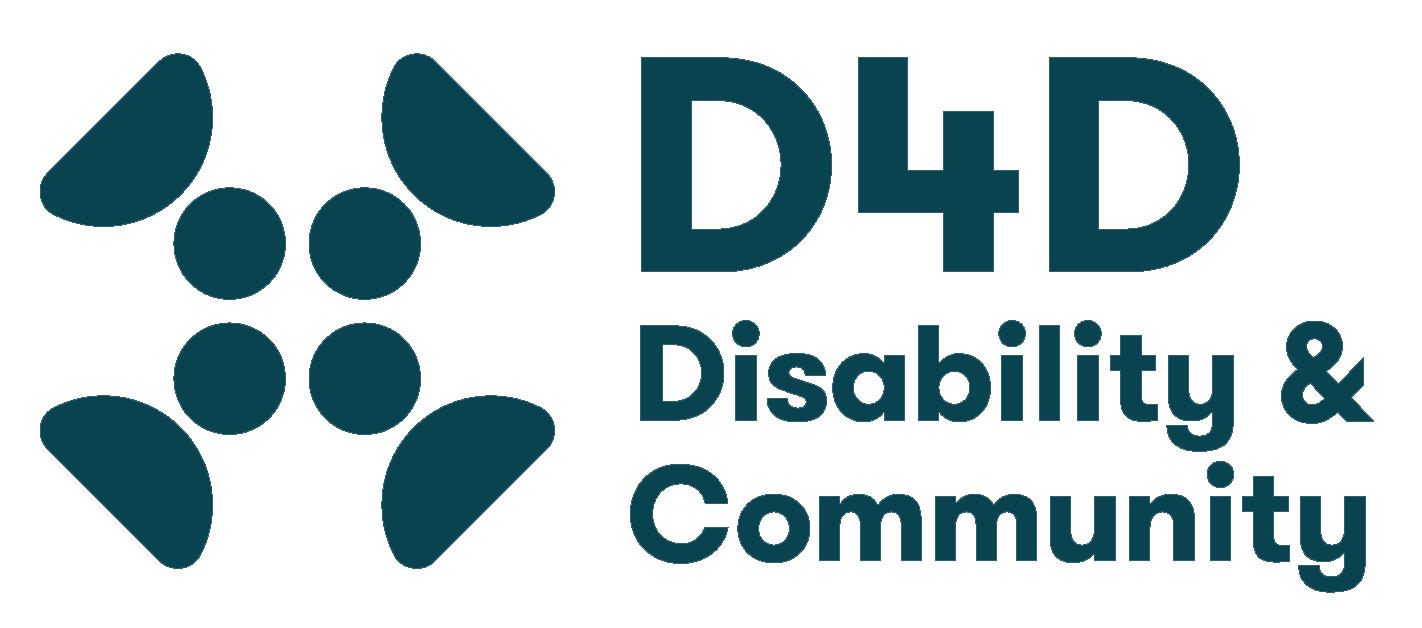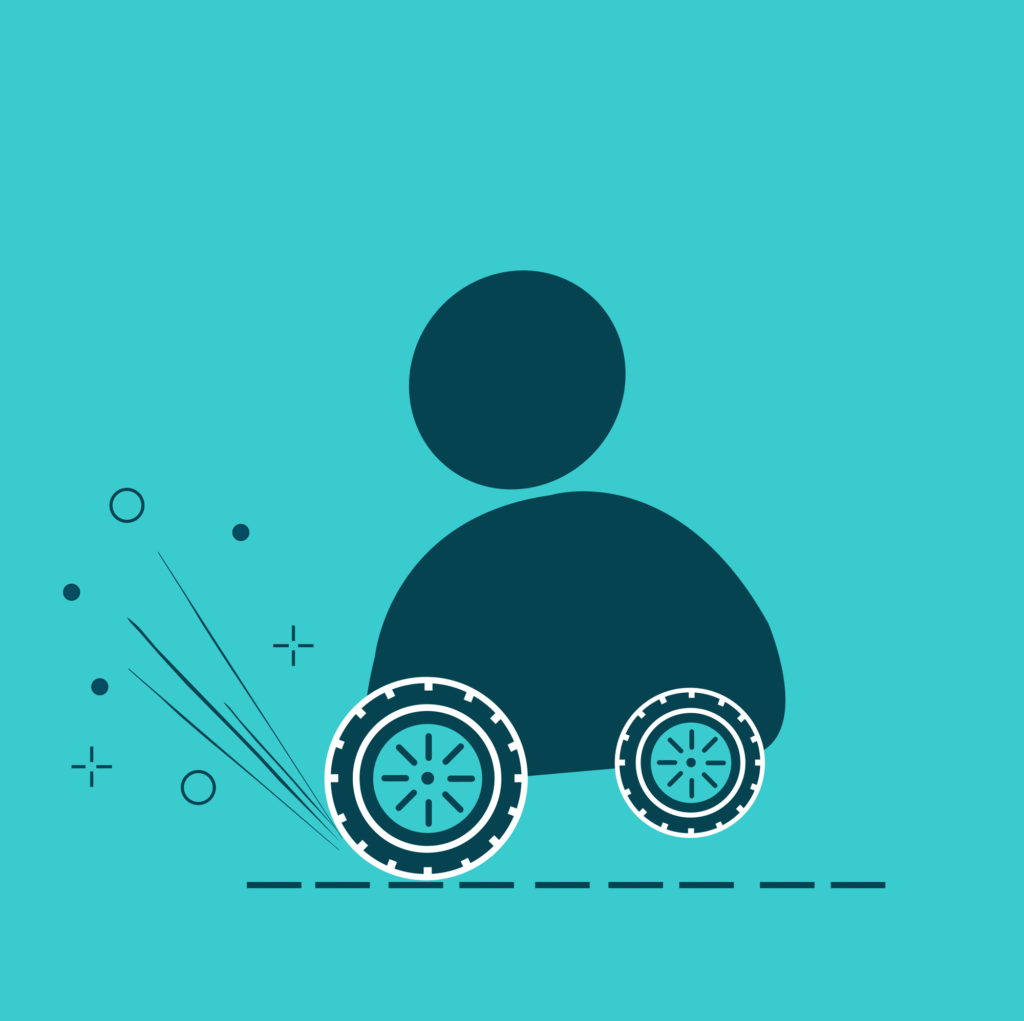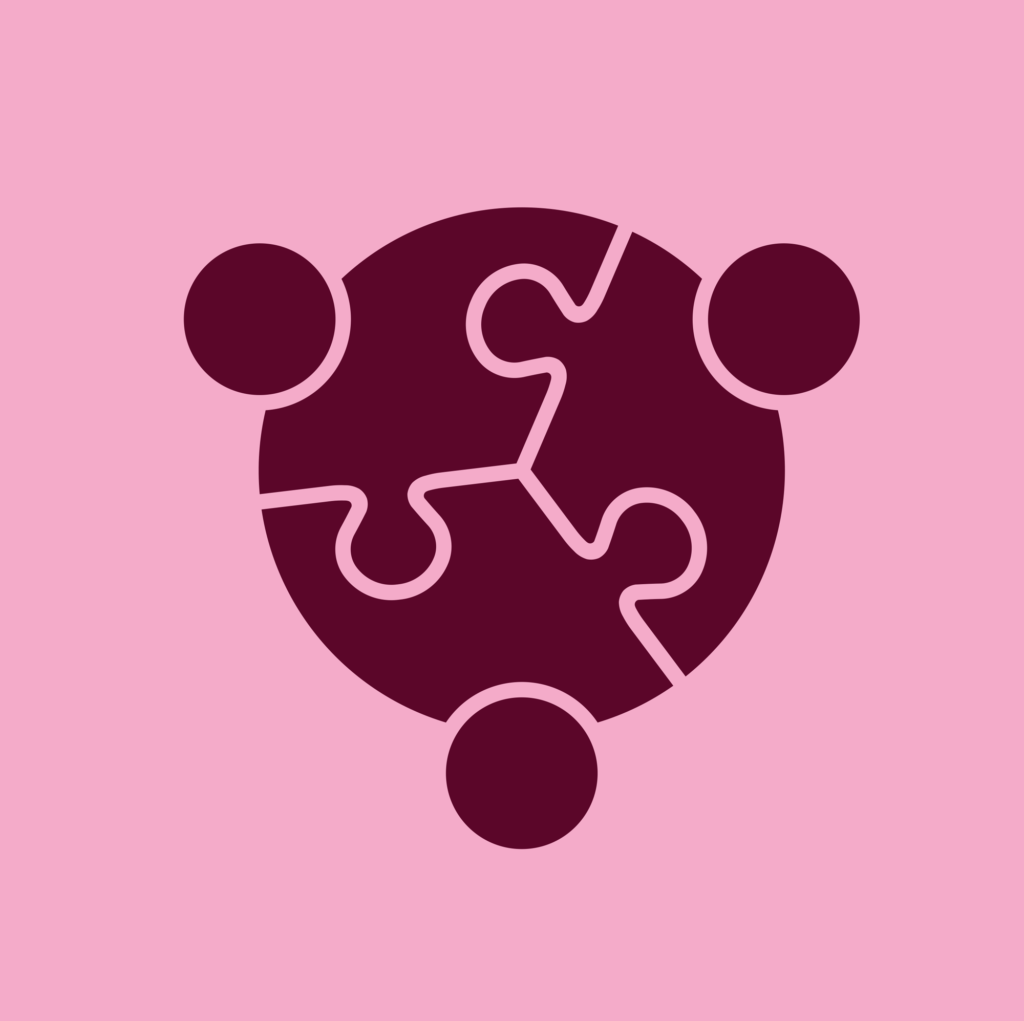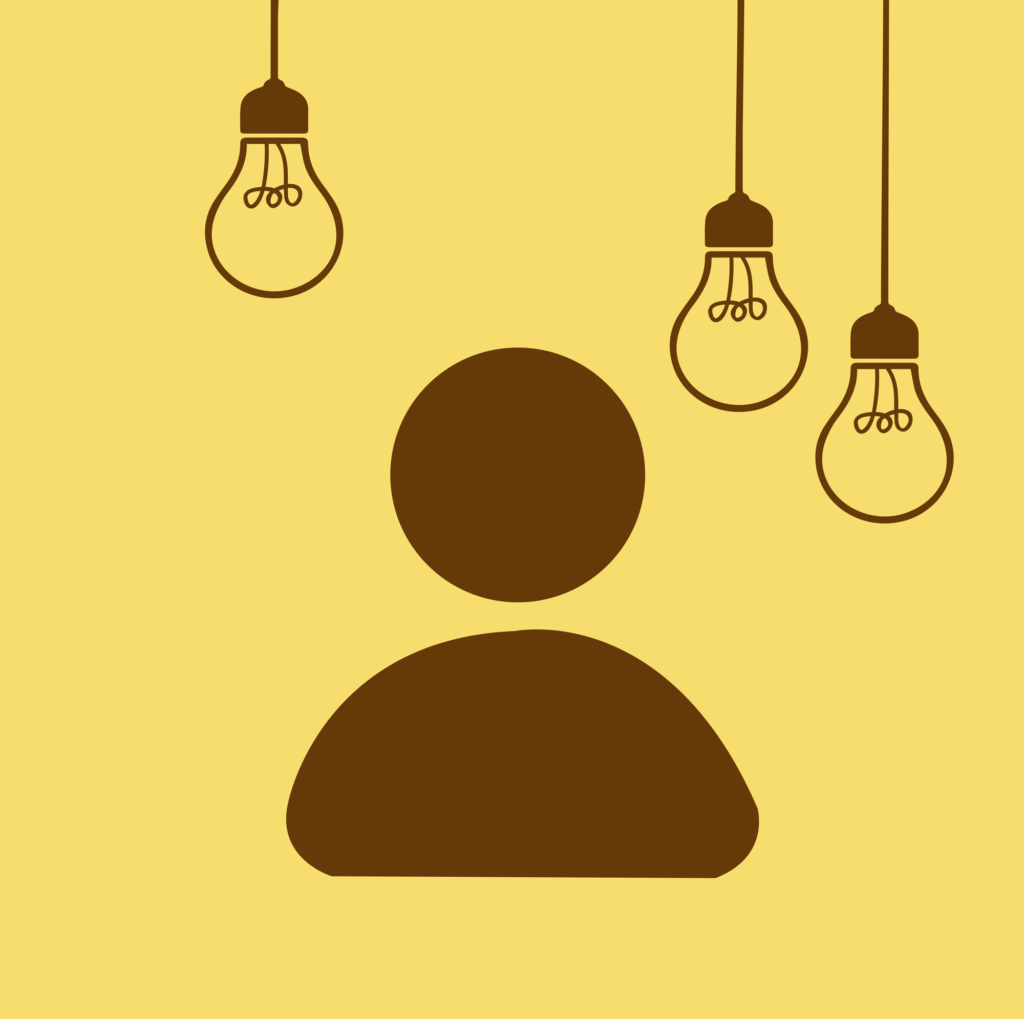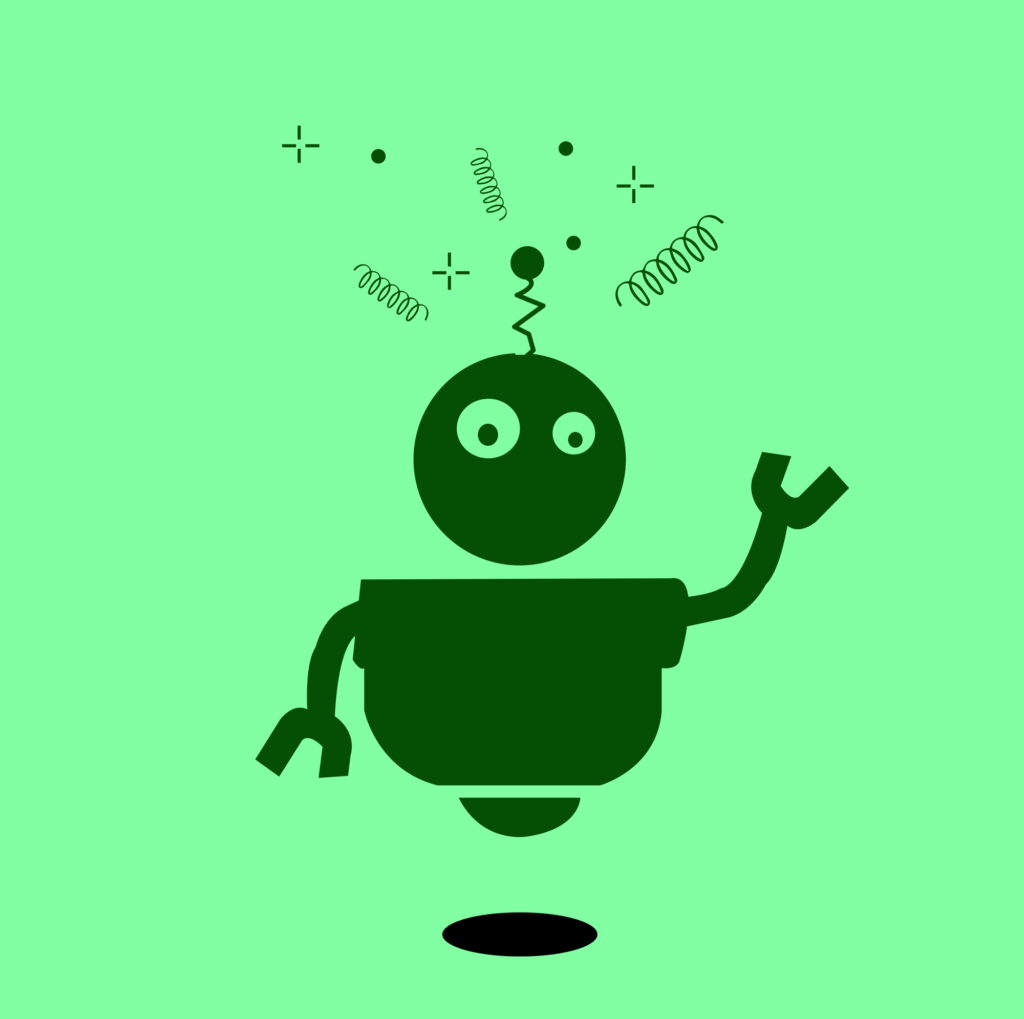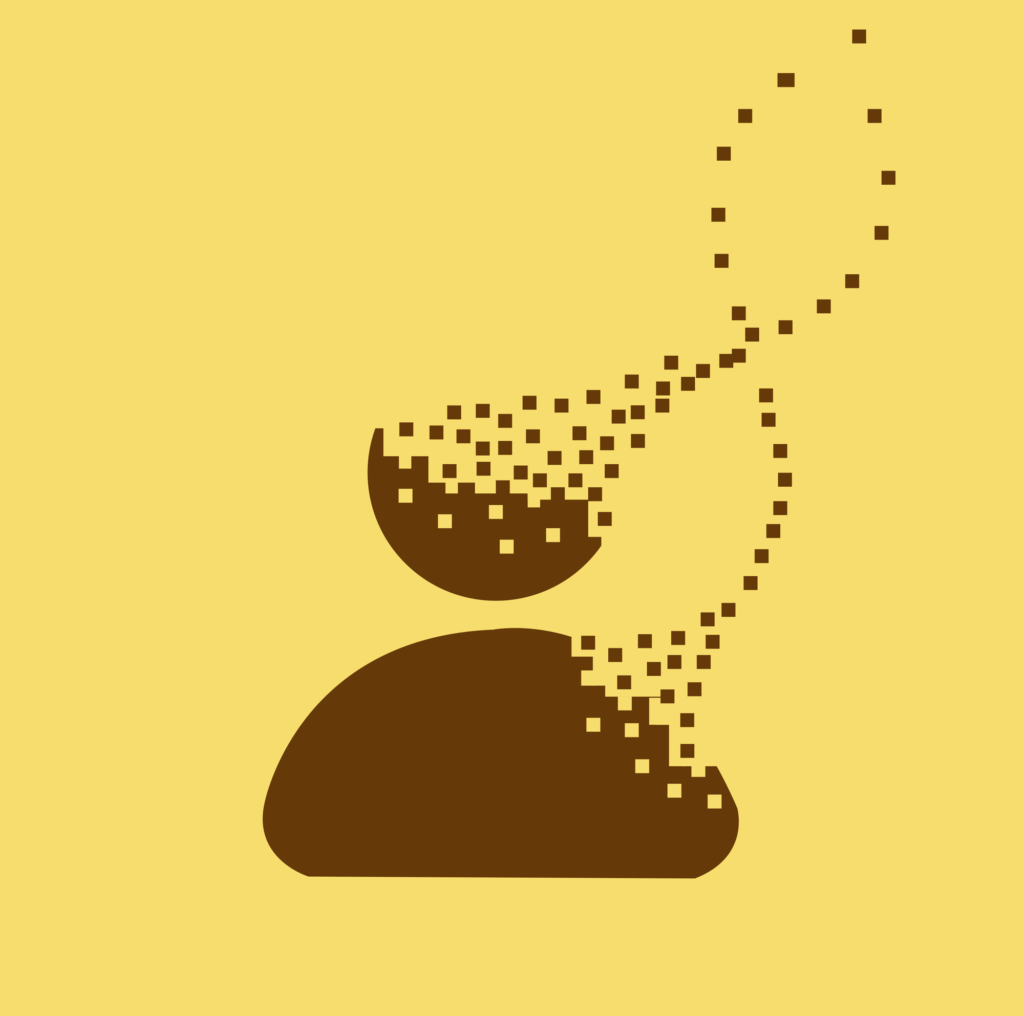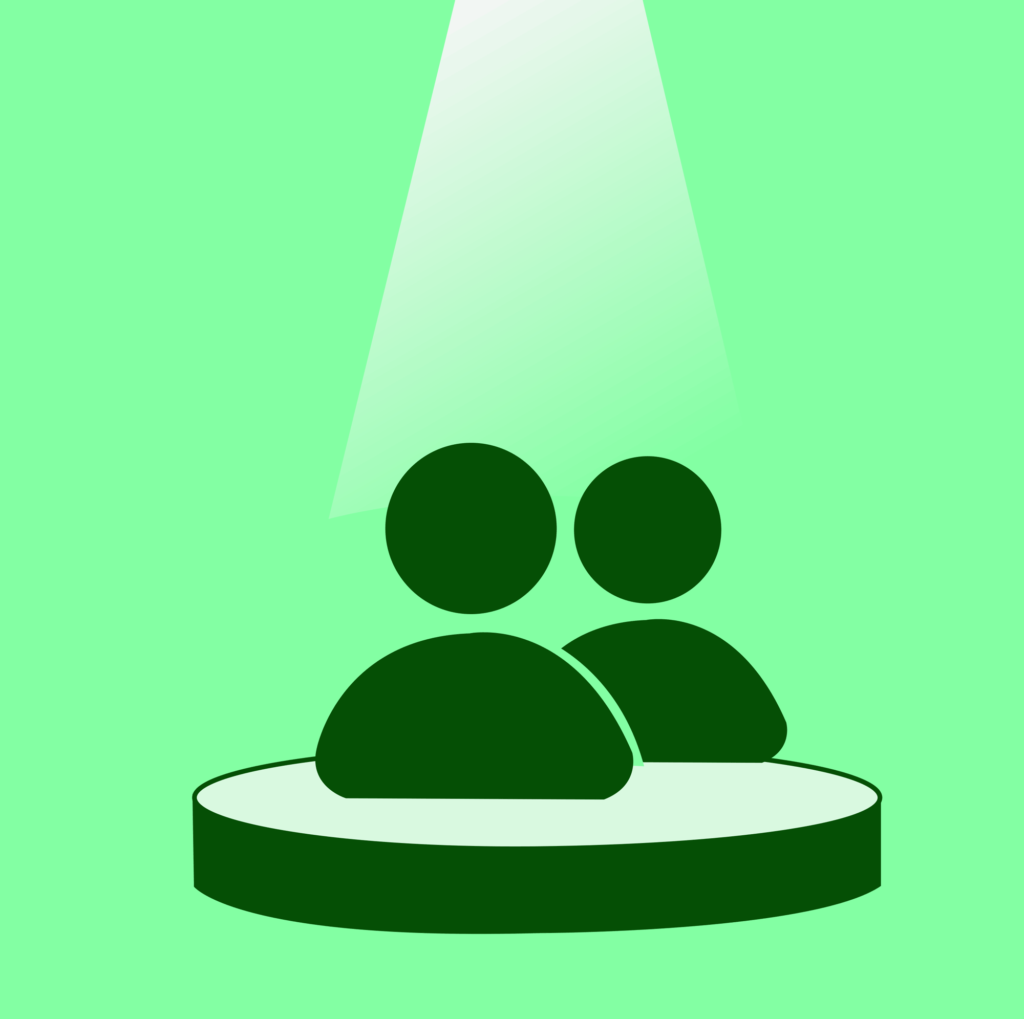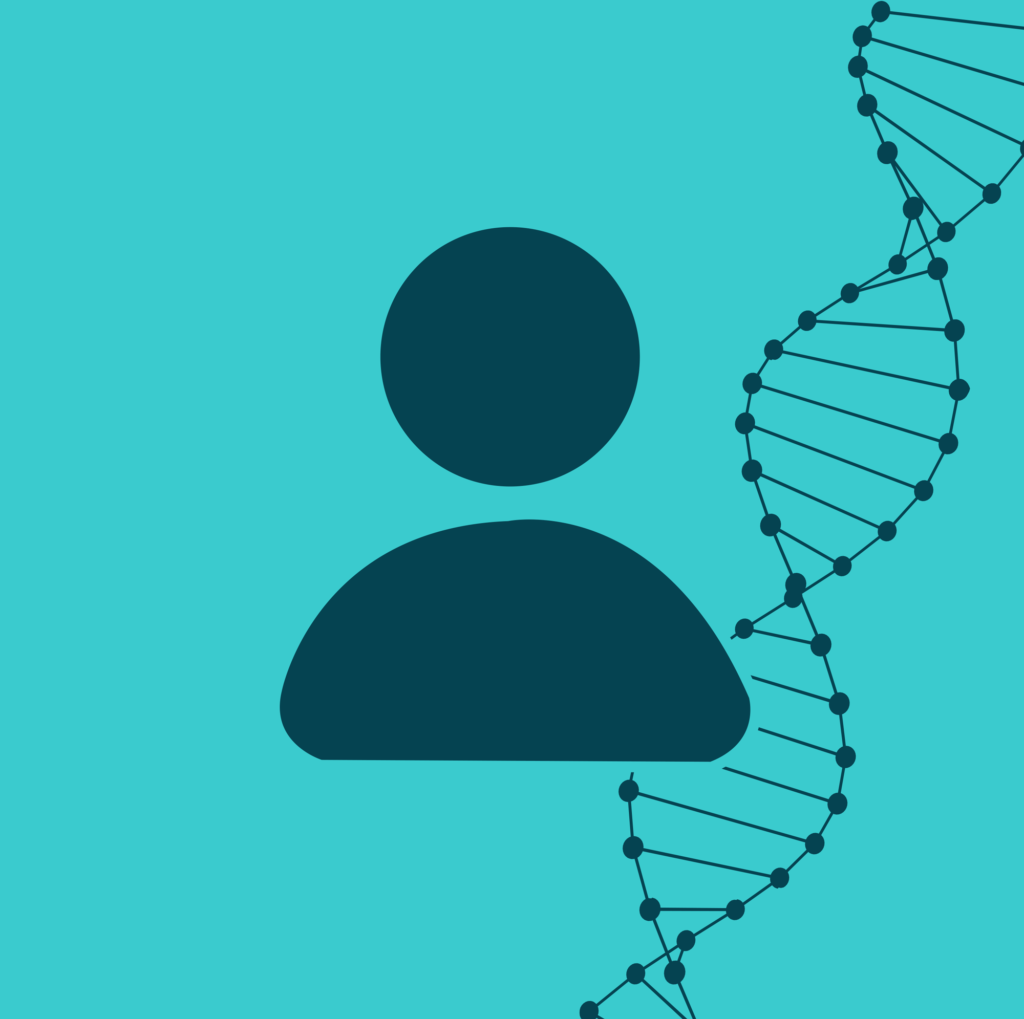Agnes Van Wijnen and Conny Kooijman of the Kreukel Collectief present research around a photo of mourners gathered around a monument to all those who died in the Willem Arntsz instiution between 1942 and 1945.
Below is a video of Agnes and Conny remembering the event where the following photograph was taken, with translated text summarising the researchers conclusions.
Now we’re looking at this picture. You can see the monument on it. I will describe it. It’s near the forest at the edge of the Willem Arntsz Hoeve. It looks like a reflecting metal sheet inscribed with the text: “They died like snow before the sun. 1942-1945”. Right next to it, a sign states:
“Several hundreds of people died here in WW2. Due to neglect, they died anonymously and in squalid conditions. They were psychiatric patients and people with intellectual disabilities. We acknowledge their lives and significance to others. Because they belong – Altrecht en Reinaerde, 2016.”
This monument was made in 2016. In the picture, you see various people standing around the monument including people placing flowers and lighting candles. This is during the commemoration on May 4, 2019. That was the first formal commemoration. The sign next to the monument says that several hundred people died there during WW2. The book from 2017 demonstrated that much more people were involved, actually 1,163 patients.
[Conny] Can I say something about the picture? On the left you see a patient of the Willem Arntsz Hoeve. The one with the shawl is a board member of Altrecht. The person next to that is the researcher of the book, he is now retired. There was also a manager from Reinaerde/ Dennendal present.
[Agnes] Thank you for that addition. The reason why I chose this image is that for a long time and even now, a lot is unknown about what happened to people with disabilities in WW2. Several people talked about and researched this, at least Jan Troost and myself. We know there was a eugenicist ideology and that in Germany it was carried out on a large scale. We also know that the Netherlands were occupied by the Germans. This means they were in charge here during WW2. So there is a lot of questions. What happened to people with disabilities in the Netherlands? To what extent did the occupier take action here? Those questions remained unanswered for a long time. At the moment, WW2 is 76 years behind us and now there is one very good investigation entitled ‘Forgotten Victims’ about the Willem Arntsz Hoeve. The NIOD Institute for War, Holocaust and Genocide Studies has plans for more research with the ‘Forgotten Victims’ research group.
In 2006 I attempted to do some research myself hoping to answer some questions. Based on existing materials. I found a little information, but I wanted to get into the archives of institutions. They didn’t give me access, which is not strange because I was just an amateur historian. Someone who thinks this is important and wants answers. There is just no interest, as was said earlier. Research-wise there was very little interest, but also during the national commemoration at Dam Square. We, especially Jan, attempted several times to claim a space to raise awareness for forgotten victims. [Marlieke de Jonge] When Covid-19 still allowed us we did that in Groningen. They found it … At first you’re put in the back… [Laughs] … but you have to start small.
[Agnes] Yes, that’s very much a thing. Even in the anniversary books of institutions they talk about WW2 being “a difficult time” and that some institution managers were very brave. But it’s never about the actual victims. So that is the story that needs to be uncovered, right? We now know little bits and pieces for example about Dennendal, which Marlieke mentioned. About the Willem Arntsz Hoeve and some other places too. We know bits of the story, but the question I want to share with you is: Why is there barely attention for people with disabilities as victims of eugenics? What do you think is necessary to put that story on the map?
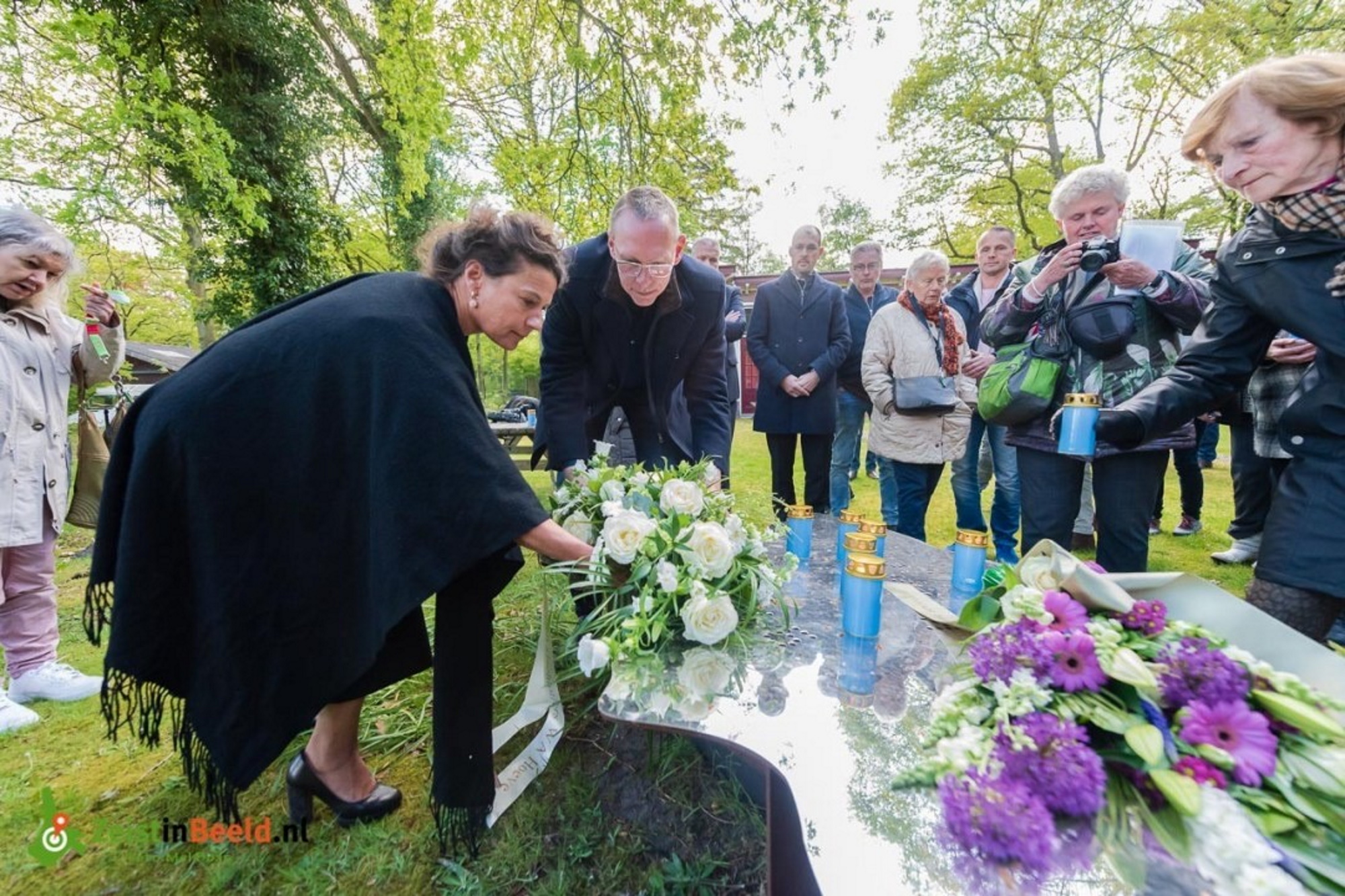
Picture of various experts by experience and managers during a commemoration ceremony at the monument for the deceased patients of the Willem Arntsz Homestead on May 4, 2019 – “They died like snow before the winter sun – 1942-1945.
Monument at the Willem Arntsz Homestead, by Den Dolder (Utrecht)
“Disabled and psychiatric patients had no right to live before and during WW2”.
These people were seen as deficient by the nazis and Hitler. They wanted to “put them out of their misery”. Elderly people, disabled people and psychiatric patients. Only some people from the white race with blue eyes had the right to live for future generations, according to them.
Toxic experiments were conducted on these people in specific institutions, often to the death. Sometimes these institutions had their own gas chambers. Many people were exterminated in the war or they were sent to death camps More than 300.000 disabled people and psychiatric patients were murdered in WW2.
From May 4, 2022 forward I want these victims to be remembered as well during the Dutch national commemoration. Just like Jews, disabled people, psychiatric patients and elderly people were murdered. I believe that disabled people, psychiatric patients and elderly people have the right to be commemorated.
Dennenoord Zuid Laren.
GGZ den Haag.
I would like these victims to be commemorated with as much attention as other WW2 victims. We also deserve a place at the Dutch national monument in Amsterdam. I would like us to give speeches there too. People of LFB Goes are also interested in participating in the national commemoration in Amsterdam. We want to lay a wreath on behalf of those with cognitive disabilities and other disabled and forgotten war victims. That we are finally visible too.
I made a lot of pictures of Forgotten Victims monuments throughout the Netherlands. I collected a lot of material.
I would also like to visit former institutions in Germany. Many buildings are still in place. There was or is a museum in some of them.
I would also like to show the film “Fog in August” in cinemas and on TV from April to May 5 (Dutch national commemoration of the liberation) with Dutch subtitles.
Memorial center in Apeldoornse Bosch.
Zon en Schild Amersfoort Het Apeldoornse Bosch
Den Dolder May 4, 2021.
Remembrance of the dead in Den Dolder May 4, 2021. Covid-19 proof.
Remembrance of the dead in Zon en Schild Amersfoort on May 4, 2021.
The Hague
Wolfheze.
I also have pictures of the monuments in Warnsveld and Groot Bronswijk, Groningen.
In response Marlieke de Jonge of the Kreukel Collectief presents a series of poems on the theme of self-esteem and the importance of self-esteem in an oppressive environment
DISPOSABLE CHILD
Maybe it’s too much to ask.
After all I didn’t ask for it, life.
But now that I’m here, by chance,
I want my life, I want it myself.
I’m so tired of being someone else.
Does ‘being’ not give a right to be someone?
Or do you have to
earn that some other way?
But who gives others
the right to my life?
Why do I have to be whoever they want,
constantly someone else?
Is it because I don’t understand all of it?
Because they do not want me?
Because there are too many secrets in my head?
I do not understand.
_ _ _ _ _
My head is an open book
Open to anyone who wants to read and write in it.
I want that book locked
with the key all mine.
WHAT IS THE VALUE OF TRUTH?
When standards become values
and values the truth,
When life is no longer what it is
but what it should be:
static, predictable,
forever captured in a blueprint…
then fear has captured the truth
in standards,
judgement sneaks into what may exist
and what it should be like…
controlled,
unchangeable disappears more and more.
When standards become values
and values the truth…
what is still the value of truth?
MY OWN DIFFERENT ME
I don’t want to become
like you.
Forever lagging
behind.
Forever searching
for someone else,
someone I could
never be.
And who I also
don’t wish to be:
your standards are not
mine.
I don’t want to become
like you.
I don’t want to live
your life.
I am your shadow
no longer, no more:
your disposable-child and
less-human
that has no right for herself
to choose,
no self-esteem,
self-respect.
I want to become
like me,
in my way
my own self.
Maybe inadequate
in your eyes,
but in my life
it’s fine.
My own achievable
ideal
that is more than you
can dream.
